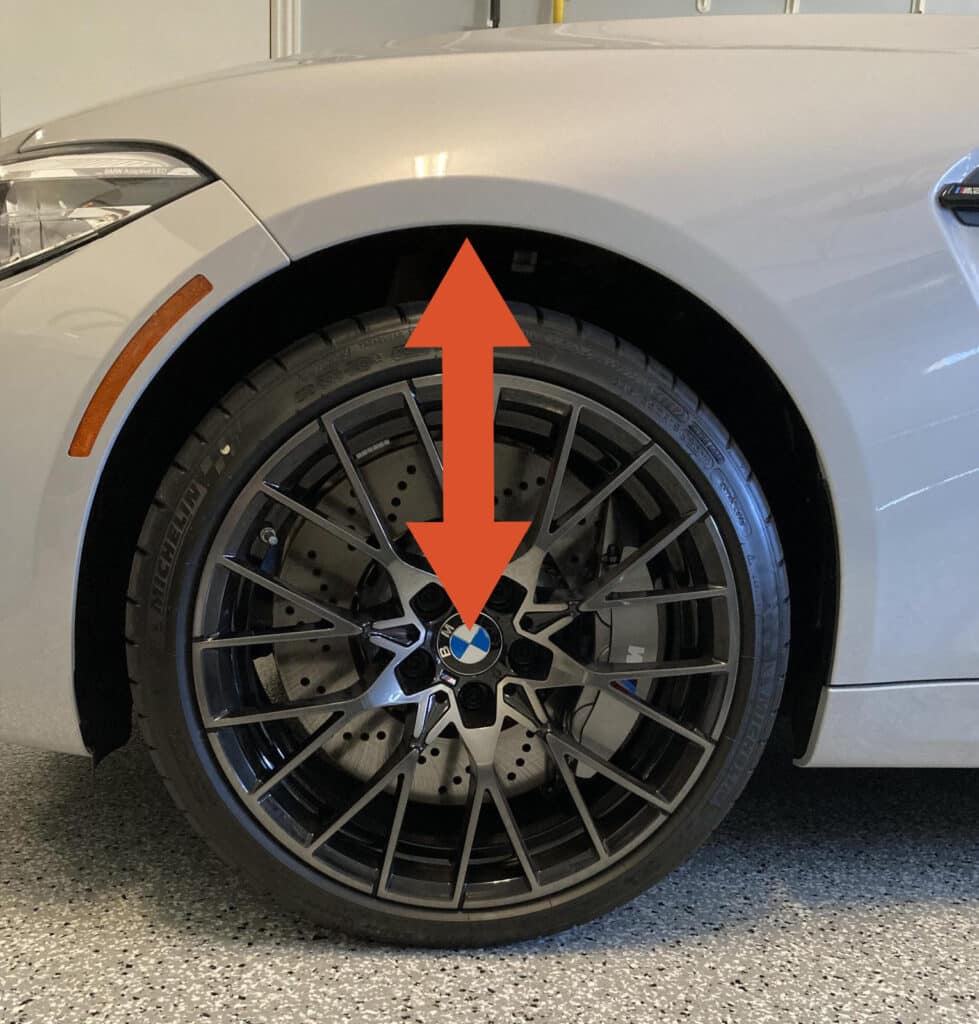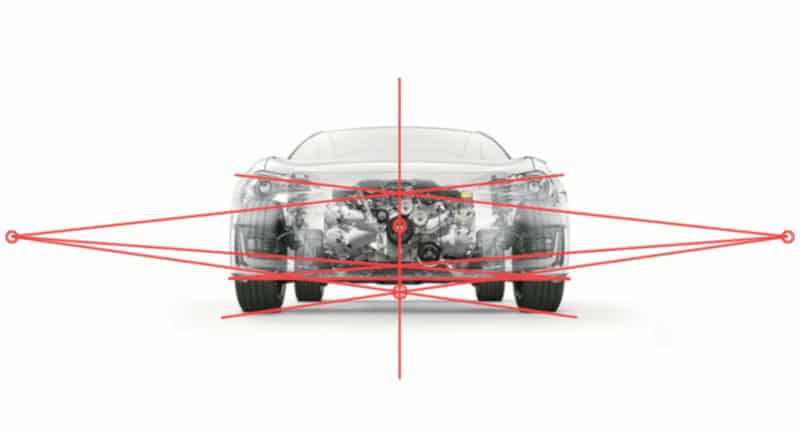Ground and clearance and ride height as separate concepts are quite simple to understand. But put the two together and it creates a bit of confusion.
In many cases, ground clearance and ride height are used interchangeably, and while that isn’t entirely wrong, the two need to be thought of as separate measurements.
The exact relationship between them is tricky to pinpoint; does one affect the other? Do they measure the same thing? How are they even determined?
In this guide, we’ll answer these questions and clarify some of the confusion between the two.
What Is Ride Height?

Ride height refers to how high or low the sprung mass of your car sits in relation to the ground.
Sprung mass includes everything that the suspension supports:
- engine,
- chassis,
- transmission,
- body,
- interior, and so on.
There’s no standardized measurement for ride height. And to make matters more confusing, many automakers don’t supply these measurements for their vehicles.
Traditionally, ride height was measured from the rocker panel to the ground, but for modern cars, it is usually measured from the point where the tires touch the ground to the topmost point of the fender arch. Many car manufacturers measure it this way.

Others measure from the center cap of the rims to the topmost point of the fender arch, which is a much better way to do it because it negates any inconsistencies with tire wear, different diameter tire diameters, and sidewall profiles.
Suspension manufacturers favor the second method when determining the available range of ride height adjustment in their coilovers.
Simple mods like the following can bring about a change in your ride height:
- Upsizing or downsizing your rims,
- Installing higher or lower profile tires, and
- Installing coilovers or lowering springs
For instance, when you install larger rims, your ground clearance and ride height will increase. You then have to lower your suspension (ride height) to return to the original settings.
This can be done with just a few clicks here and there if you have air bags or coilovers.

Ground Clearance Explained
Ground clearance is simply the distance between the lowest part of your car and the road surface.
If you’re wondering how ground clearance is measured, know that there’s no gold-standard method of doing so.
That’s because it’s different for every vehicle. For some cars, the rocker panel is the lowest point, for others, it could be the axle, the bottom of the differential, or the exhaust.

To measure ground clearance, you’ll have to find out what part of your car is the first to scrape each time you drive over a tall bump.
You can then measure from the bottom of that part to the ground. You’re going to have to be parked on a level surface to do this, with all 4 tires equally inflated.
Ground Clearance vs Ride Height
Consider the difference between suspension lift and body lift for a moment. Suspension lift kits allow you to raise both your ride height and your ground clearance.
That’s because they extend the suspension and raise all of the sprung mass as a result.

Body lift kits only lift the body of the vehicle away from the frame, which means they change the ride height, but not the ground clearance.
This goes to show that a change in ride height doesn’t always equal a change in ground clearance.
Changing your ride height will impact the center of gravity and the roll center of your car. This will bring about several unintended changes in your suspension geometry which will have to be corrected.

At the same time, you can leave your ride height unchanged, install a ridiculously long set of headers, and your ground clearance will drop. That’s all it takes.
Concluding Summary
If your car is low to the ground, knowing your ground clearance is vital because you’ll have to change the way you drive to ensure that you don’t scrape it on the ground.
And to monitor the deflection in ride height every time you make a fitment-related change in your car, we recommend researching the OEM ride height specs of your car and comparing the two for reference, and measuring the change yourself.
What are your thoughts on the relationship between ground clearance and ride height? Let us know in the comments below!

